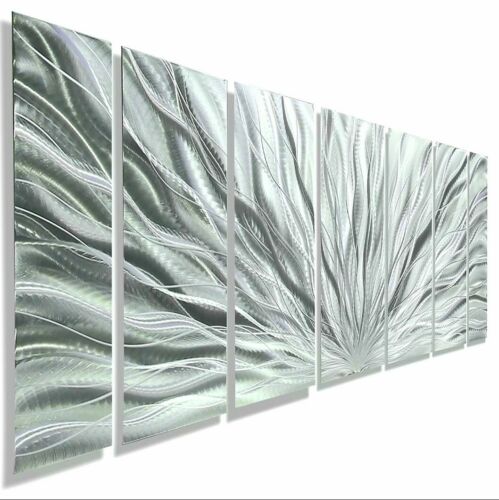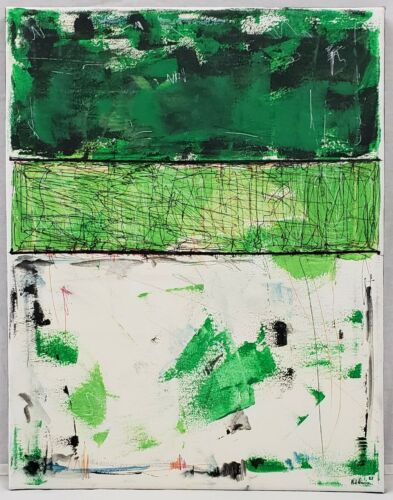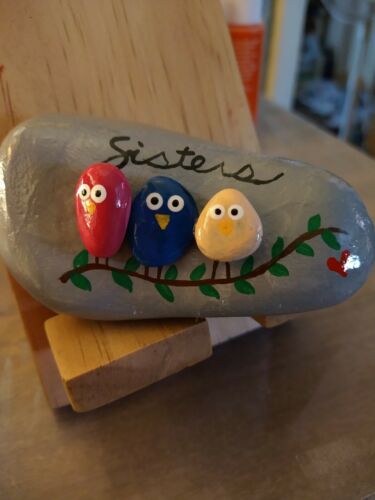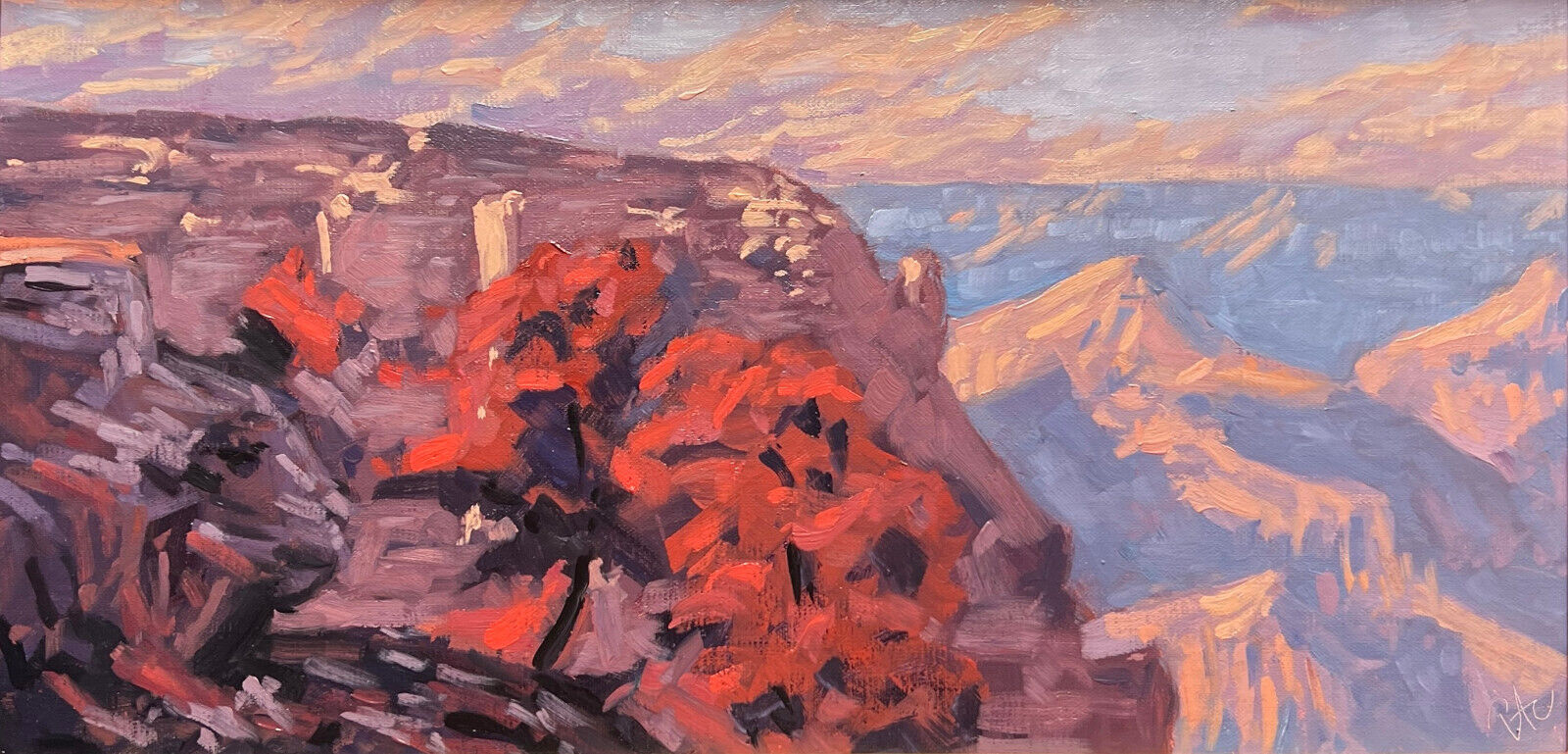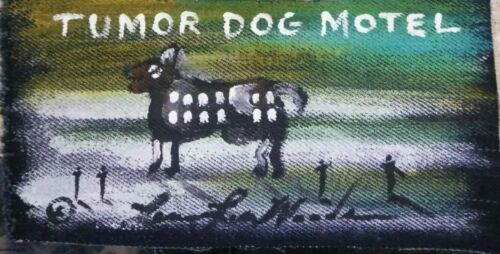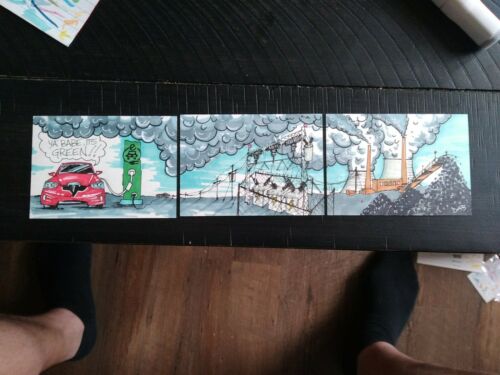-40%
Li Shutong (李叔同1880 –1942 ) Chinese Artists Oil Painting Signed
$ 2.9
- Description
- Size Guide
Description
1--Imagine Size:16.25"/25.5''"(41cm/64cm)2--Framed Size:23”/32.5”
3--Signed Left
4--Provenance
: Antique Store In San Jose
5--Original: Unprinted, Possible repair
6--Make your own judgment,
Some craquelure in the painting face from age
7--To accept to this status, Please look at all pictures before you make a bid, it was remind to:
From Wikipedia, the free encyclopedia:
Li Shutong
(
李叔同 and 李漱筒
,
李息
23 October 1880 – 13 October 1942;
Chinese
:
弘一
;
pinyin
:
Hóngyī
, and
Chinese
:
演音
;
pinyin
:
Yǎnyīn
), born
Li Shutong
was a
Chinese
Buddhist monk
, artist and art teacher. He also went by the names Wen Tao, Guang Hou, and Shu Tong, but was most commonly known by his Buddhist name, Hong Yi. He was a master painter, musician, dramatist, calligrapher, seal cutter, poet, and Buddhist monk.
He was born in
Tianjin
to a banking family originating in
Hongtong County
,
Shanxi
, that migrated to Tianjin in the
Ming Dynasty
, though his mother was from
Pinghu
,
Zhejiang
province.
[1]
In 1898 Li moved to
Shanghai
and joined the "Shanghai Painting and Calligraphy Association", and the "Shanghai Scholarly Society" while he was attending the
Nanyang Public School
(later became
Jiaotong University
).
In 1905 Li went to Japan to study at
Tokyo School of Fine Art
in
Ueno Park
where he specialized in Western painting and music, and met a lover by the name of Yukiko who was to become his concubine.
[2]
[3]
In 1912 Li returned to China and was appointed to Tianjin's Beiyang Advanced Industry School. The next year he was appointed as a music teacher in a girls' school in Shanghai. He went to
Hangzhou
in 1912 and became a lecturer in the Zhejiang Secondary Normal College (now
Hangzhou Normal University
). He taught not only Western painting and music but also art history. By 1915
Jiang Qian
hired him as a teacher at Nanjing Higher Normal School (renamed in 1949 to
Nanjing University
), where he taught painting and music. He also taught at
Zhejiang Secondary Normal School
(浙江兩級師範學堂), the predecessor of the famous
Hangzhou High School
.
During these later years, Li's reputation grew, as he became the first Chinese educator to use nude models in his painting classes, not to mention as the first teacher of Western music in China. Some of the students, like Singapore artist
Chen Wen Hsi
(陳文希)whom he personally groomed, went on to become accomplished masters of the arts in their later days. Li Shutong himself was also an accomplished composer and lyricist. Many of his compositions are still remembered and performed today.
In 1916, Li underwent a 21-day fast at a temple in Hangzhou, and experienced the benefit of a spiritual life. The following year, he took refuge in the
Three Jewels
of Buddhism. After spending another year there, Li began a new chapter in his life by choosing to be ordained as a monk, and thus began a holistic life dedicated to propagating Buddhism and its code of conduct. After becoming a monk he practised only calligraphy, developing a simple and unadorned, yet unique style, which was treasured by everyone who received a sample.
He became known to all as Master Hong Yi. In 1942, Master Hong Yi died peacefully at the age of 61 in
Quanzhou
,
Fujian
Province.
Reference Artwork:











